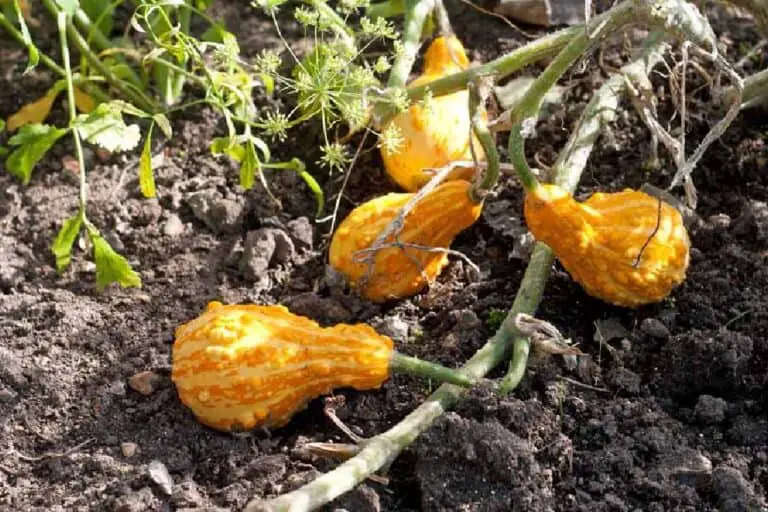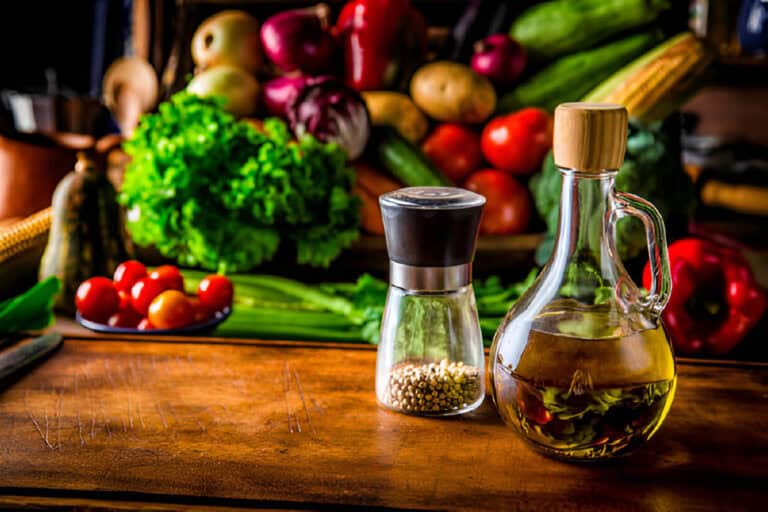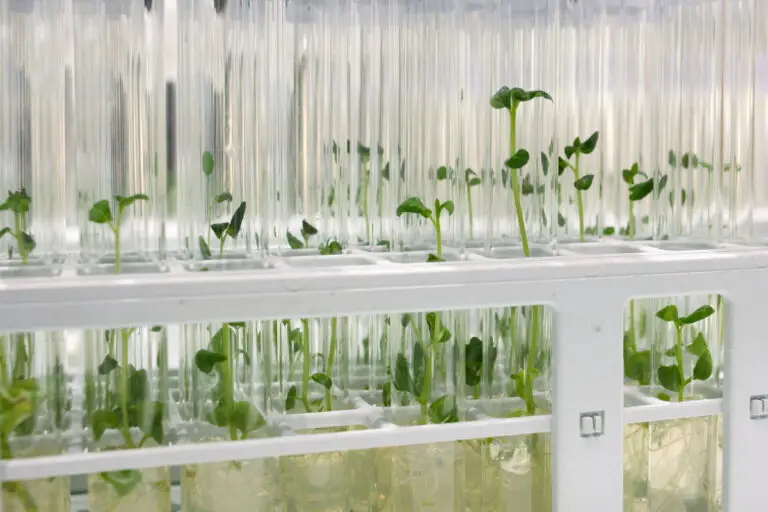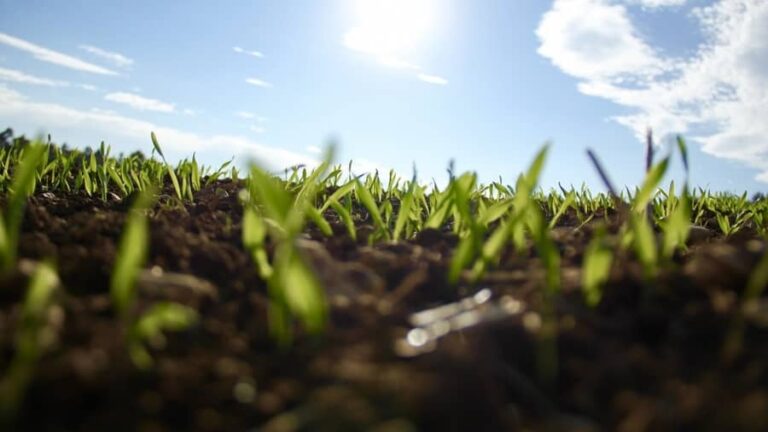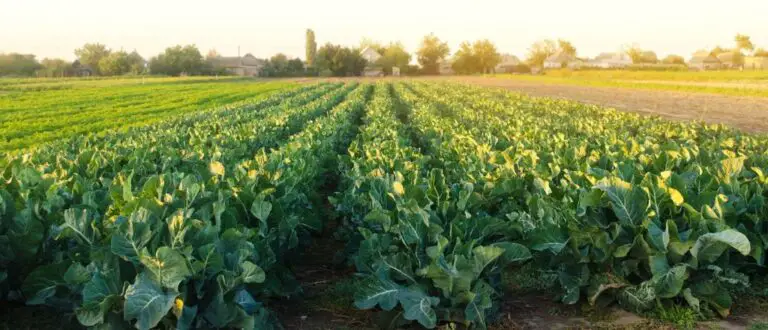Why Are Brussel Sprouts Called Brussel Sprouts? How Did They Get Their Name?
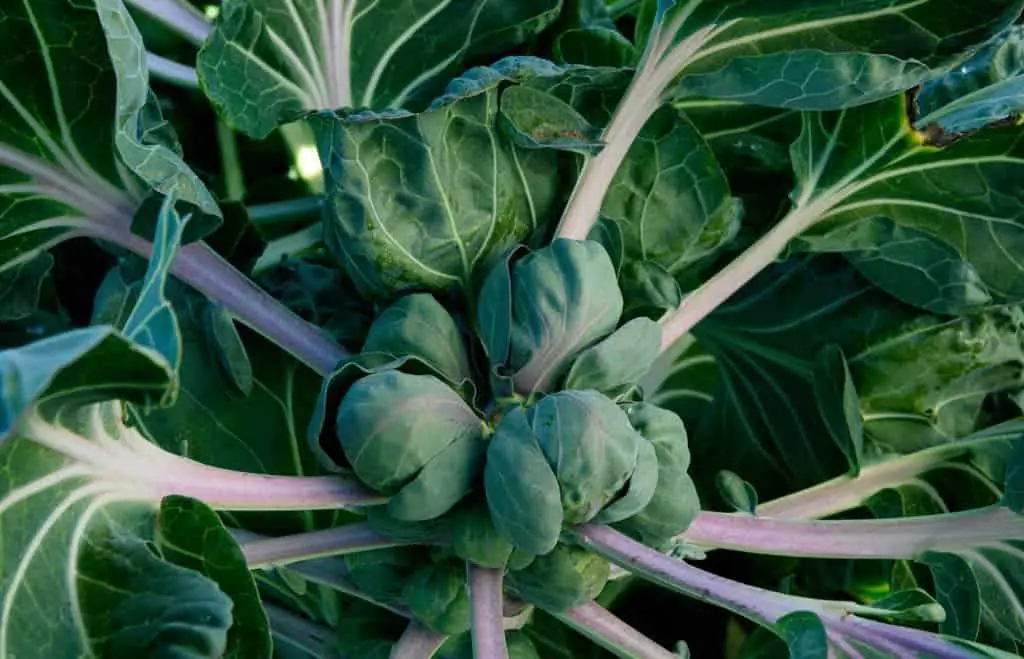
Welcome to the fascinating world of Brussel sprouts! Have you ever wondered why those adorable miniature cabbage-like vegetables are called “Brussel sprouts”? It’s a question that has piqued the curiosity of many food enthusiasts and gardeners alike.
Well, you’re in for a treat because we’re about to embark on a journey through time and explore the origins of Brussel sprouts and how they acquired their unique name. From ancient Rome to the bustling city of Brussels, we’ll unravel the captivating story behind these tiny green orbs that have made their way into our kitchens and onto our dinner plates.
So, grab a seat and prepare to uncover the intriguing history, the botanical connections, and the culinary delights of Brussel sprouts. By the end of this article, you’ll have a deeper appreciation for these flavorful gems and the rich tapestry of their name. Let’s dive in!
Historical Background of Brussel Sprouts’ Name
Brussel sprouts, those miniature cabbage-like vegetables, have an intriguing history behind their name. Delving into the historical roots of the name “Brussel sprouts” takes us on a captivating journey through time, tracing the etymology of these beloved miniature cabbages.
Like whispers carried by the winds of history, their name tells a tale that intertwines with ancient civilizations and the charming city of Brussels.
Let’s delve into the origins and cultivation of Brussel sprouts, trace the etymology of the term, and explore the historical references that led to their naming.
The Botanical Origins
Brussel sprouts belong to the Brassicaceae family, which includes other cruciferous vegetables like cabbage, kale, and broccoli. Their scientific name is Brassica oleracea var. gemmifera, emphasizing their close relationship to cabbage. The term “gemmifera” refers to the bud-like growth pattern of the vegetable, where the sprouts emerge from the main stem.
The vegetable thrived in the cool climate and fertile soils of Brussels, which eventually gave them their name.
Why Are Brussel Sprouts Called Brussel Sprouts? Tracing the Etymology of the Term “Brussel Sprouts”
The term “Brussel sprouts” is a compound noun that combines the name of the city, Brussels, with the word “sprouts.” It is interesting to note that “Brussel” refers to the city, and not “Brussels” with an “s” at the end, as is commonly used in English.
Historical References to Brussel Sprouts and Their Naming
The story begins in the heart of the Roman Empire, where these tender vegetables first gained recognition. It is believed that the cultivation of Brussel sprouts can be traced back to ancient Rome, where they were cherished for their compact size and delightful flavor.
Historical records suggest that Brussel sprouts were cultivated as early as the 13th century in what is now Belgium. However, they gained wider popularity in the 16th century, primarily in the Low Countries, including Brussels. It is during this period that the term “Brussel sprouts” likely emerged to describe these small, leafy green vegetables.
Characteristics and Appearance of Brussel Sprouts
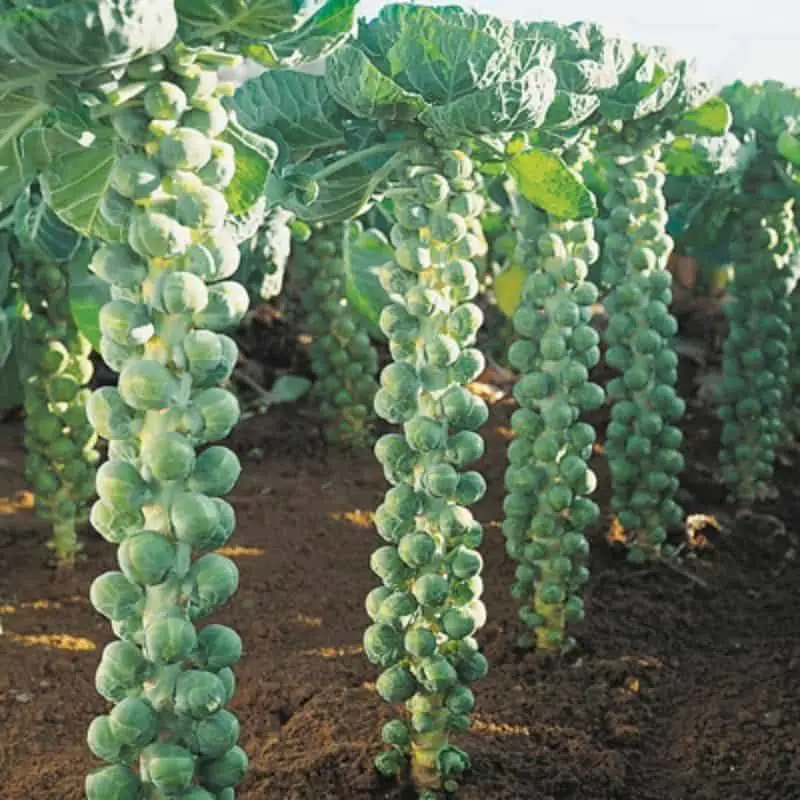
To truly appreciate Brussel sprouts, it is essential to understand their physical attributes, including their size, shape, color variations, and how they relate to other vegetables in the cabbage family.
Physical Attributes of Brussel Sprouts
Brussel sprouts typically measure about 1 to 1.5 inches in diameter, resembling mini cabbages. They grow in tight clusters or “sprouts” along the stem of the plant. Each sprout consists of tightly wrapped leaves that protect the delicate, tender core.
Size, Shape, and Color Variations
While most Brussel sprouts are relatively uniform in size and shape, there can be slight variations. Some may be slightly larger or smaller, rounder or elongated. The color of Brussel sprouts ranges from vibrant green to shades of olive, depending on their maturity and variety.
Comparisons to Other Vegetables in the Cabbage Family
Brussel sprouts belong to the broader cabbage family, which includes various cruciferous vegetables like kale, broccoli, and cauliflower. While they share some similarities with their cabbage relatives, Brussel sprouts have a distinct flavor and texture that sets them apart.
Cultivation and Harvesting of Brussel Sprouts
Understanding how Brussel sprouts are cultivated and harvested sheds light on the process of bringing these delectable vegetables to our tables.
Ideal Growing Conditions for Brussel Sprouts
Brussel sprouts thrive in cool climates and require moderate temperatures for optimal growth. They prefer well-drained soil rich in organic matter and benefit from full sun exposure. Generally, regions with a mild summer and cool fall are suitable for cultivating Brussel sprouts.
Cultivation Techniques and Best Practices
Cultivating Brussel sprouts involves several key techniques. It often begins with sowing seeds indoors or in a nursery, later transplanting the seedlings into the garden. Adequate spacing between plants allows for proper air circulation and reduces the risk of diseases. Regular watering and fertilization contribute to healthy growth and development.
Harvesting Methods and Timing
The harvesting of Brussel sprouts requires patience, as the sprouts develop gradually along the stem of the plant. The process typically starts from the bottom, where the larger, more mature sprouts are ready for picking. Harvesting should be done carefully, ensuring not to damage the plant or the surrounding sprouts. The timing of the harvest depends on the variety and desired size of the sprouts.
Culinary Uses and Popular Recipes with Brussel Sprouts
Brussel sprouts are incredibly versatile in the kitchen and can be prepared in various ways to tantalize your taste buds.
Brussel Sprouts as a Versatile Ingredient
Whether you prefer them roasted, sautéed, steamed, or even raw, Brussel sprouts can be a delightful addition to numerous dishes. Their earthy and slightly nutty flavor pairs well with a wide range of ingredients, making them suitable for salads, side dishes, stir-fries, and even as a component in main courses.
Common Cooking Methods for Brussel Sprouts
Cooking Brussel sprouts requires attention to preserve their texture and flavor. Popular methods include roasting them with olive oil and seasonings until they become crispy and caramelized, sautéing them in a skillet for a tender yet slightly crispy result, or steaming them to retain their natural crunch while enhancing their vibrant green color.
Brussel Sprouts in Culinary Delights
Brussel sprouts’ unique flavor profile and versatility make them a favorite ingredient in various culinary creations. They can be enjoyed in a multitude of ways, from simple preparations to more elaborate dishes. Here are a few popular ways to savor the deliciousness of Brussel sprouts:
- Roasted Brussel Sprouts: Toss the sprouts with olive oil, salt, and pepper, then roast them in the oven until they turn golden brown and crispy. This method enhances their natural sweetness and adds a delightful caramelized flavor.
- Sauteed Brussel Sprouts: Heat some butter or olive oil in a pan, add the sprouts, and sauté them until they become tender. You can add garlic, bacon, or other seasonings for extra flavor.
- Brussel Sprouts Salad: Shave the sprouts thinly and toss them with a vinaigrette dressing, along with other ingredients like nuts, dried fruits, or cheese. The result is a refreshing and crunchy salad with a hint of bitterness.
- Brussel Sprouts Stir-Fry: Cut the sprouts into halves or quarters and stir-fry them with other vegetables and your choice of protein. The high heat and quick cooking retain their vibrant color and crispness.
Varieties and Hybridization of Brussel Sprouts
Brussel sprouts come in various varieties, each with its unique characteristics. Over the years, hybridization and breeding advancements have further expanded the range of options available.
| Variety | Characteristics |
| Rubine | Vibrant red color and milder flavor compared to traditional varieties |
| Long Island | Classic variety with compact sprouts and a slightly sweet taste |
| Jade Cross | Disease-resistant with a nutty flavor and large, uniform sprouts |
| Bubbles | Unique purple color and a sweeter taste |
| Trafalgar | Early maturing variety with dense, flavorful sprouts |
Hybridization has played a significant role in developing new varieties, aiming to improve flavor, texture, disease resistance, and overall quality.
Fun Facts About Brussel Sprouts
Here are some interesting tidbits about Brussel sprouts:
- The largest recorded Brussel sprout weighed over 18 pounds! That’s a whole lot of sprouts in one vegetable.
- Brussel sprouts were popularized in the United States during the 20th century and have since become a staple on many holiday dinner tables.
- The town of Exeter in the United Kingdom hosts an annual Brussel Sprouts Festival, complete with cooking competitions and sprout-themed activities.
- Contrary to popular belief, frost can actually enhance the flavor of Brussel sprouts. The cold temperatures convert starches into sugars, resulting in a sweeter taste.
Common Misconceptions and Myths about Brussel Sprouts
Brussel sprouts have suffered from their fair share of misconceptions and myths. Let’s debunk some of the most common ones and separate fact from fiction.
Misconception: Brussel sprouts are always bitter.
Fact: While Brussel sprouts can have a slightly bitter taste, proper cooking techniques and selecting fresh sprouts can enhance their natural sweetness.
Misconception: Brussel sprouts are boring and bland.
Fact: Brussel sprouts are versatile and can be prepared in various ways, offering a range of flavors and textures. With the right seasoning and cooking methods, they can be delicious and exciting.
Misconception: Brussel sprouts are genetically modified.
Fact: Brussel sprouts are a naturally occurring vegetable and not genetically modified. However, selective breeding has resulted in different varieties.
Brussel Sprouts: Seasonality and Availability
Brussel sprouts are a seasonal vegetable, best enjoyed when they are at their peak flavor and freshness. Understanding their seasonality and availability helps in planning meals and enjoying them at their best.
Brussel sprouts are typically harvested in the fall and winter months. They thrive in cool weather, as frost enhances their sweetness. In regions with temperate climates like Europe and North America, Brussel sprouts are readily available from September through March.
However, thanks to modern farming techniques and global distribution, it is possible to find Brussel sprouts in some markets year-round.
To enjoy Brussel sprouts outside the peak season, consider frozen options, which retain their nutritional value and flavor. Additionally, some regions have microclimates or greenhouse production that allows for Brussel sprouts to be grown and available during different times of the year.
Conclusion
In conclusion, the name “Brussel sprouts” originated from the city of Brussels in Belgium, where these delightful vegetables thrived and gained popularity. Brussel sprouts have a diverse range of varieties, thanks to hybridization and breeding advancements.
They hold cultural and culinary significance in various traditions around the world, dispelling common misconceptions about their taste and value. Seasonality plays a role in their availability, but modern farming techniques allow us to enjoy Brussel sprouts throughout the year.
Finally, their growing popularity and inclusion in contemporary cuisine highlight their versatility and potential for innovative culinary creations. So, embrace the charm of Brussel sprouts, explore new recipes, and savor their unique flavors in your culinary adventures.


